Landscaping experts reveal you can grow a fire-resistant green roof with these 5 plants – they'll help protect your home from wildfire damage
Succulents are some of the best choices for a fireproof green roof
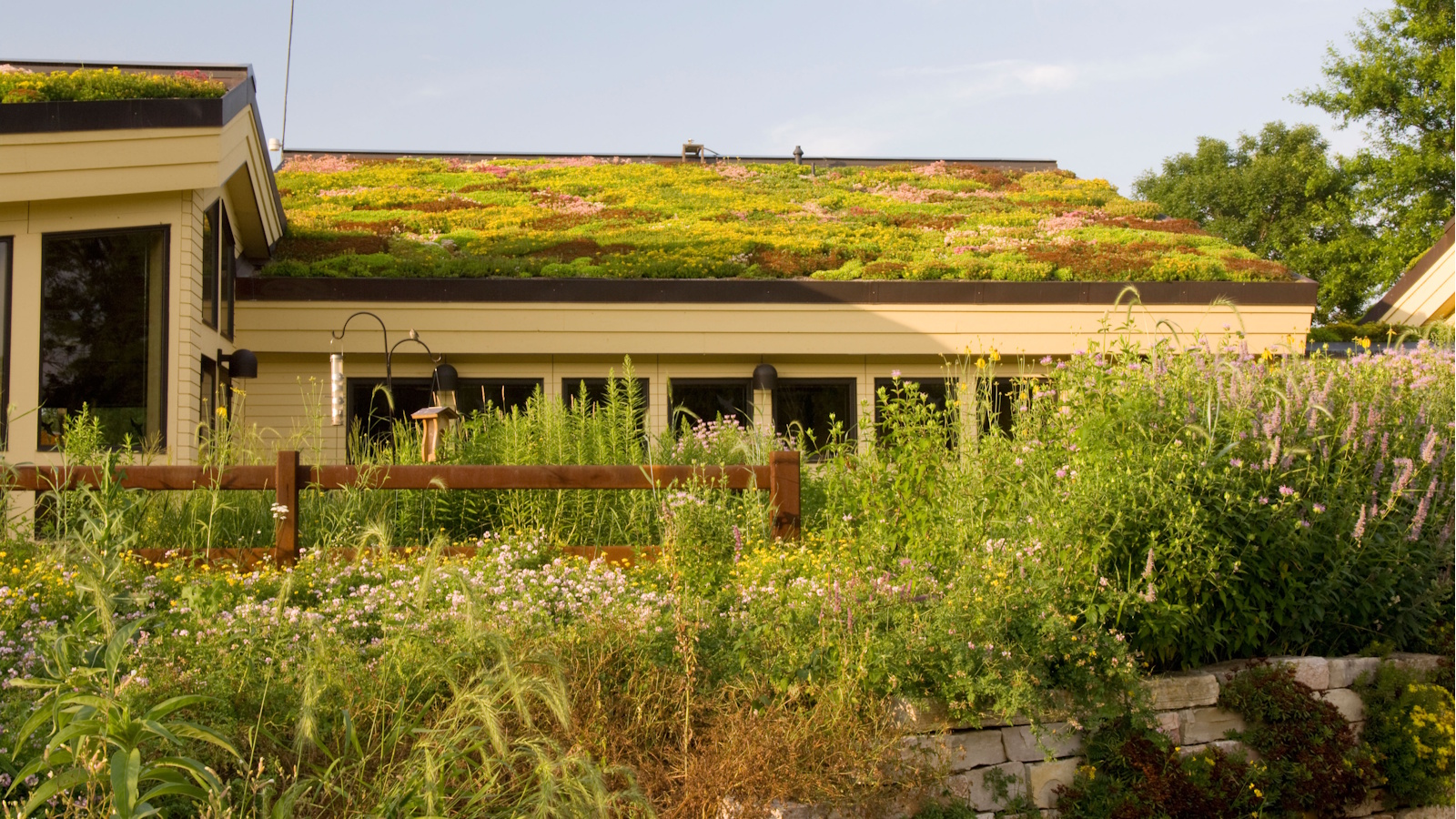

Wildfires are sadly becoming a regular occurrence, particularly in the sun-soaked southwestern US states. As homeowners and construction experts look at ways of increasing property protection, the spotlight falls increasingly on the current planting movement for green, living roofs.
Could this popular landscaping detail help to protect our homes and businesses, along with other ways to fireproof a backyard? And if so, are there particular fire-resistant plants or planting combinations that are more effective than others?
There are many factors worthy of closer scrutiny, but focusing on the varying qualities of the carefully selected plants is key. Here, we delve into this fascinating and, crucially, important topic, with the help of leading landscaping experts.
Can a green roofs protect from wildfire damage?
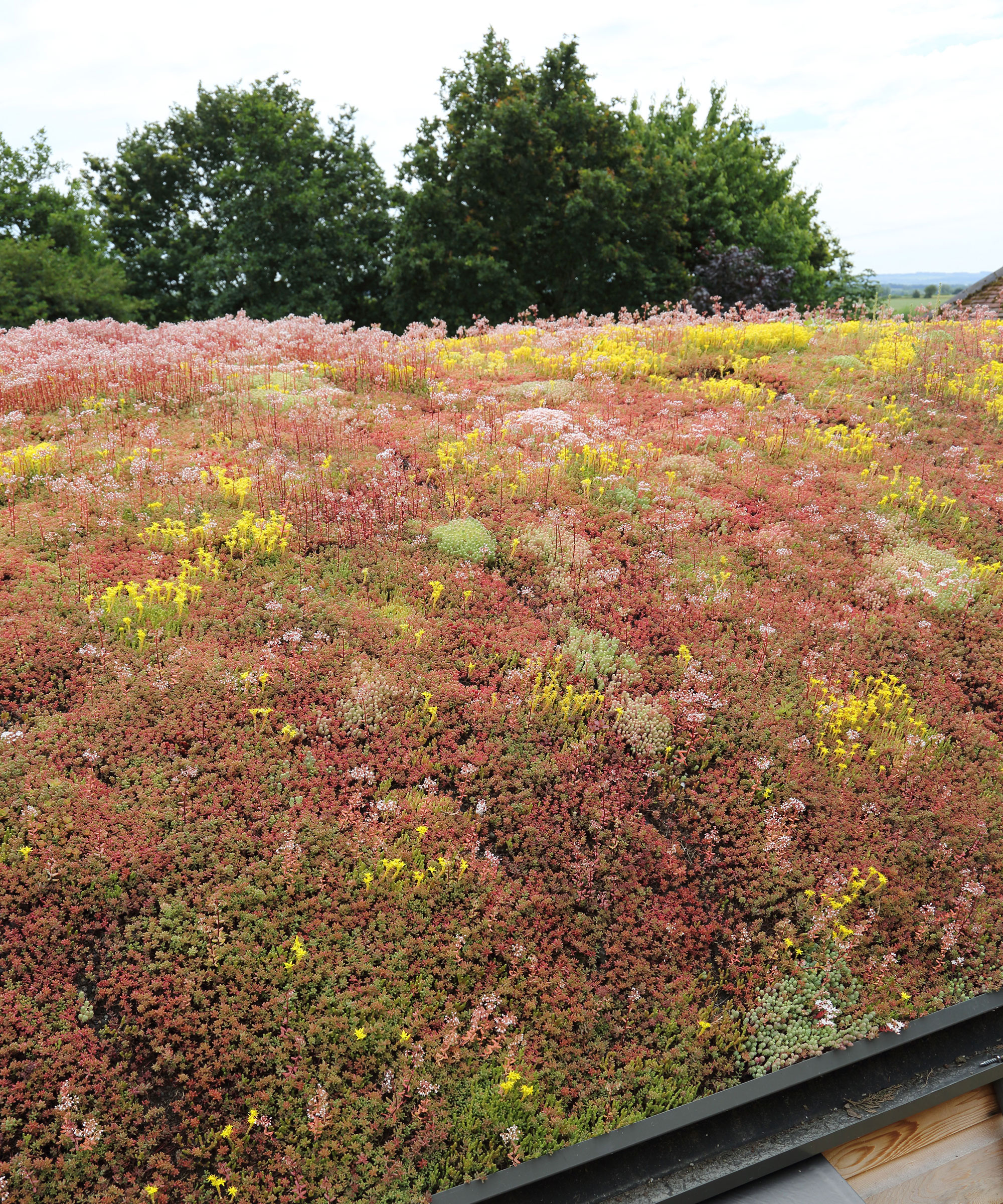
There is much debate about how effective a green or living roof can be at protecting a property from damage caused by a wildfire.
While there is no certified living roof system that is guaranteed to protect property from a forest or wildfire, there is much discussion around the flammability and fire retardancy of the substrates and membranes used along with the incendiary characteristics of the chosen plants for a green roof.
Award-winning landscape and architectural design specialists Browning Day have carefully considered the issue and comment that, ‘most grasses will propagate flame spread and may present a legitimate fire safety concern under perpetual drought conditions.
'However, there is plenty of reputable research verifying that green sedum roofs (or stonecrops) and other succulents are naturally flame-resistant and won’t contribute to the spread of fire any more than a conventional low-sloped roof assembly,' they add.
Design expertise in your inbox – from inspiring decorating ideas and beautiful celebrity homes to practical gardening advice and shopping round-ups.
What are the best plants for a fire-resistant green roof?
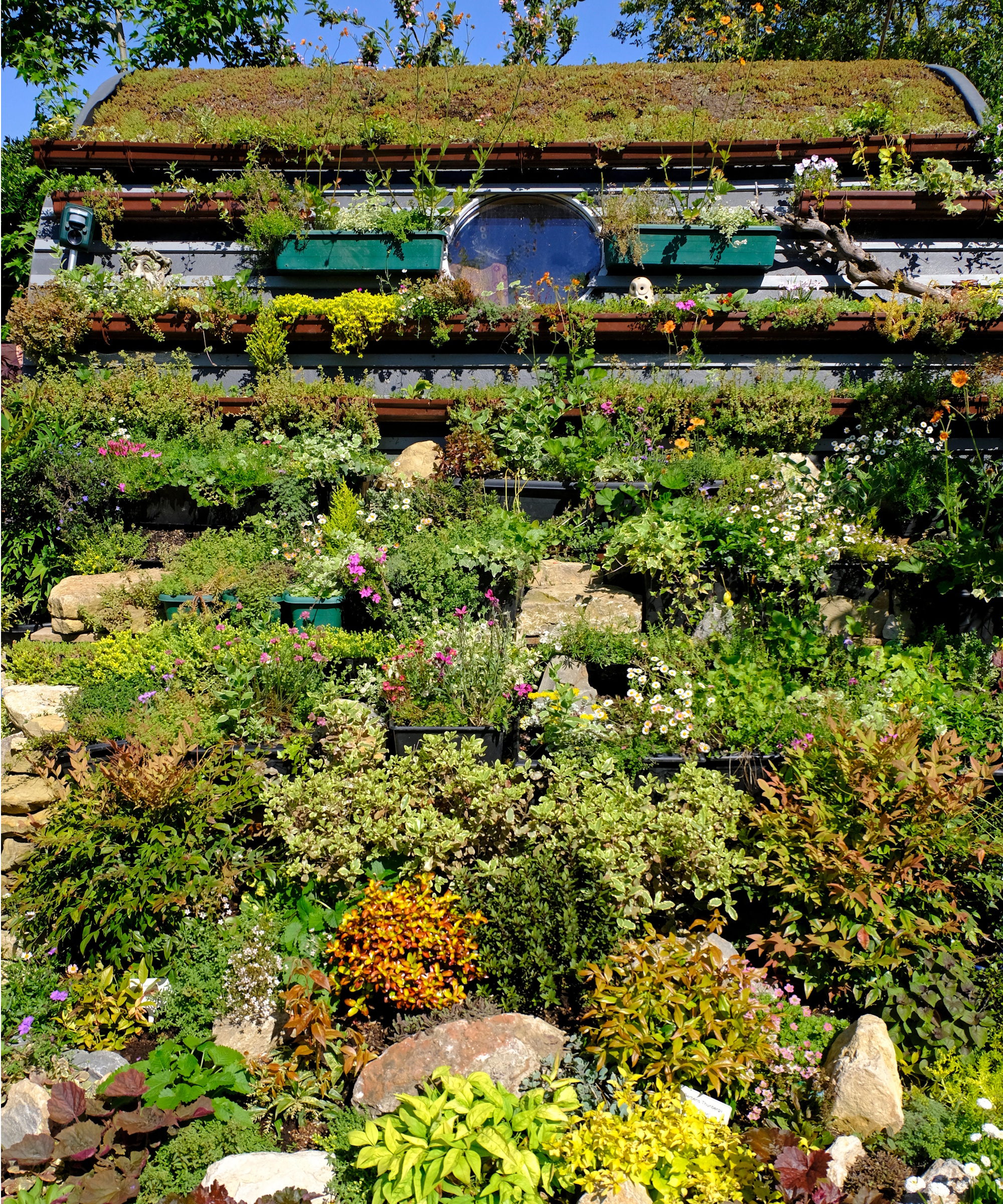
‘When designing a fire-resistant green roof, plant selection plays a crucial role,’ says green roof specialist, Oscar Warmerdam, CEO of Sempergreen USA. ‘Avoid vegetation that retains significant biomass throughout winter, as dormant plants with dry, brown foliage can become fuel for airborne embers.
'Instead, opt for species that either maintain moisture year-round or shed their biomass in a way that minimizes fire risk,' he advises.
Green roofs protect from wildfire when made up of the plants Oscar describes, such as landscaping with succulents and cacti:
‘Drought-tolerant succulents, commonly chosen for their resilience, do not accumulate combustible material. Their high-water content prevents ignition, and in the presence of fire, they simply shrink rather than burn,' Oscar explains.
Typically featured in extensive green roofs, these designs have a shallow soil profile and require plant varieties that need very little to no upkeep.
‘These roofs require little to no irrigation in much of the northern US, making them a low-maintenance option,’ continues Oscar. ‘Their composition naturally resists fire, as embers landing on the surface simply die out, unable to ignite the fire-resistant soil.’
Drought-tolerant sedum - also known as stonecrop - is one of the best xeriscaping plants, perfect for an extensive living roof. There are over 600 hundred known sedum varieties, but only a handful are resilient enough to thrive when planted on a roof.
Adept at storing water in their leaves, these plants, particularly those with smaller leaves and shorter flower stems, can cope with the ever varying weather conditions and only needs few nutrients, sun and rainwater.
Oscar explains: 'The metabolism of sedum differs from other plants. At night, carbon dioxide is absorbed through the stomata and converted into malic acid. During the day, under the influence of sunlight, the malic acid is decomposed and photosynthesis takes place. The stomata in the leaves are only open at night. During the hot and dry day, moisture loss is minimized.'
You can find range of sedum plants available at Nature Hills.
Below, we take a look at some of the best fire-resistant plants for a green roof, as recommended by the experts:

Oscar is CEO of Sempergreen, living wall and green roof specialists.
1. White stonecrop (Sedum album)
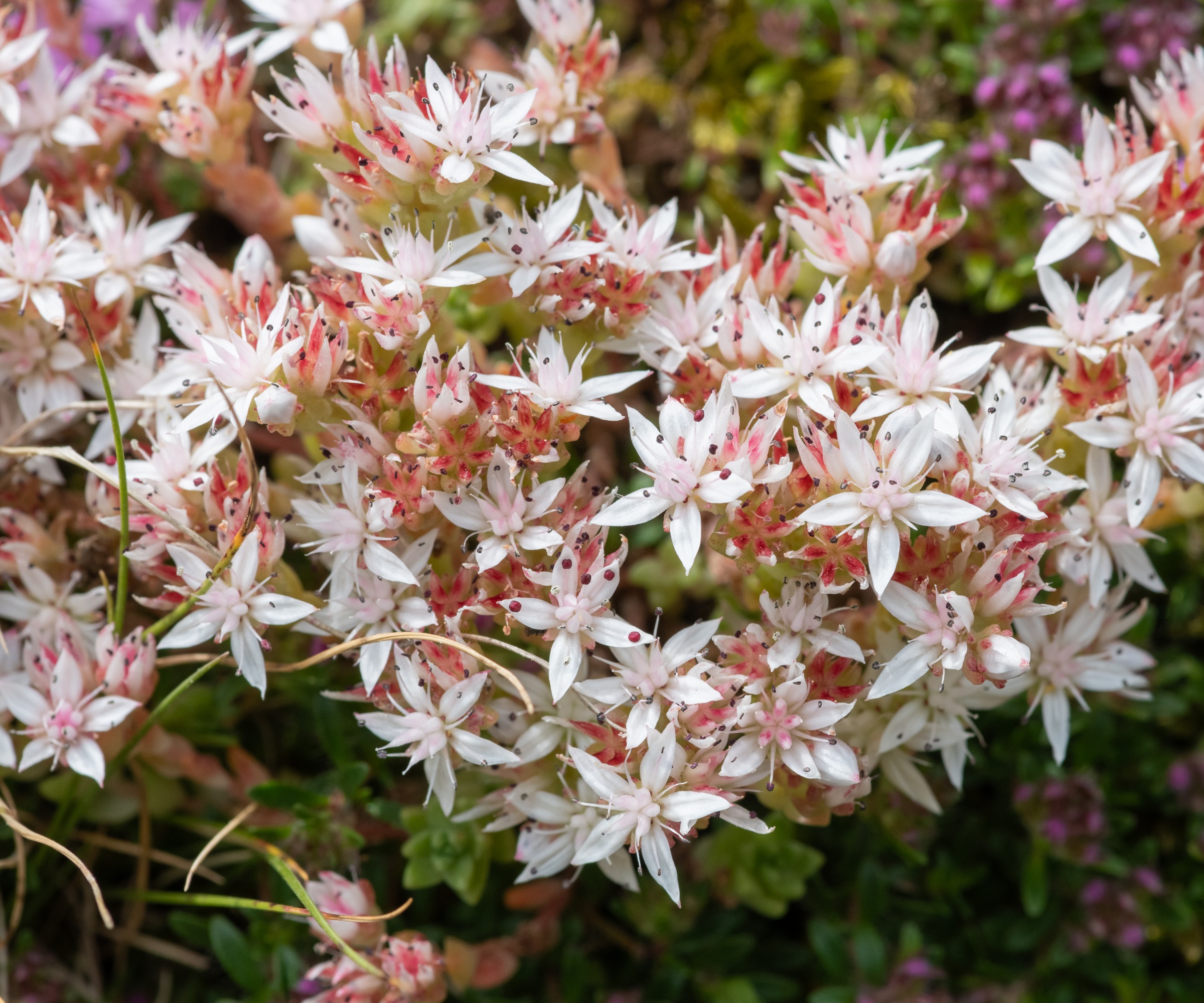
Although slower to spread than other sedums, this native species is incredibly drought-tolerant and a real sun-lover.
Shallow rooting, the plant grows laterally, producing a mass of tiny jellybean like leaves that are apple green for most of the year, taking on rust red flush in fall. White starry blooms appear in summer, making it a great plant for pollinators.
White stonecrop is hardy to US hardiness zones 3 to zone 9. Its full height is around two to four inches, and you will need to cut this sedum back in winter after flowering.
2. Goldmoss stonecrop (Sedum acre)
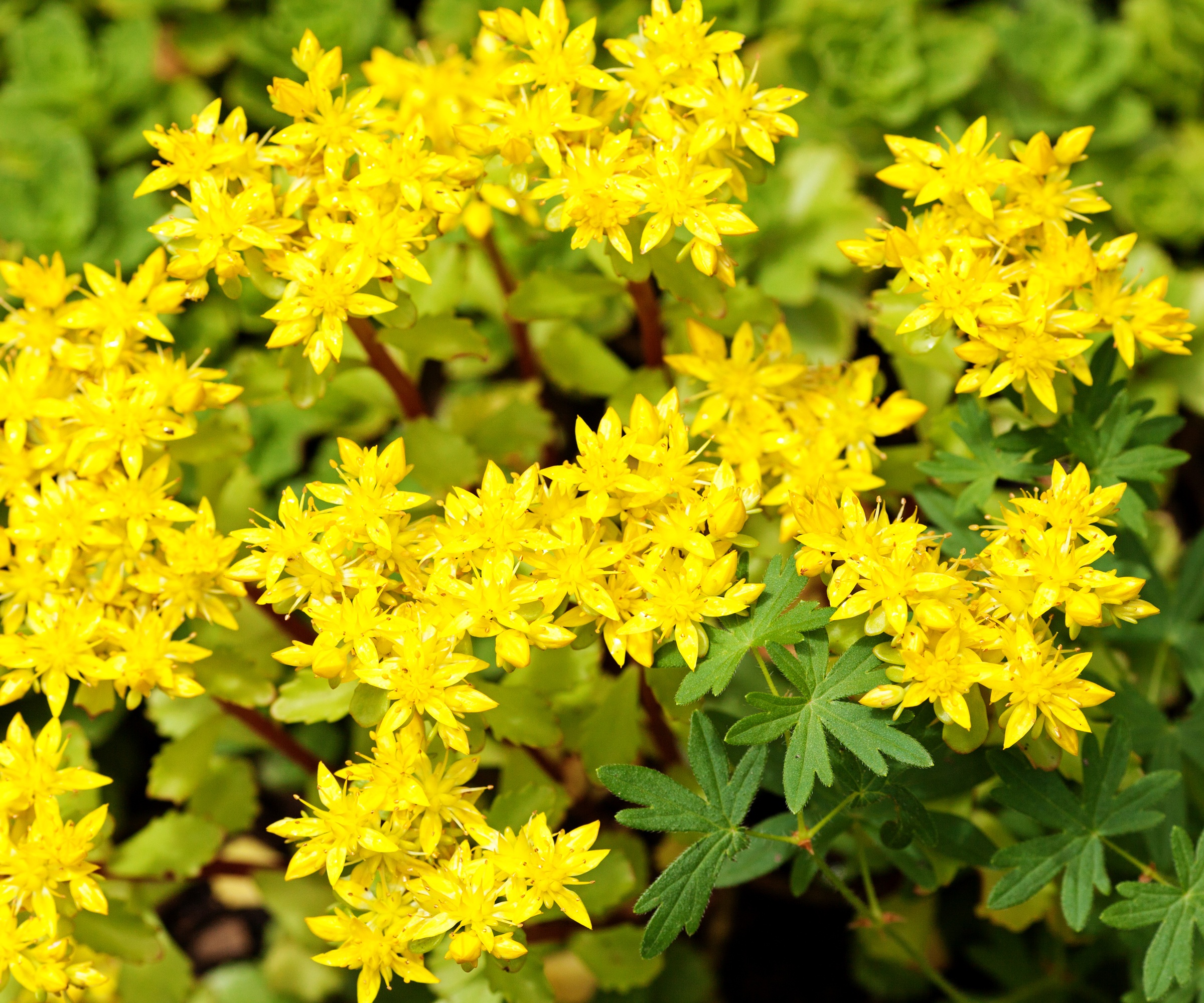
As a fast-growing succulent to plant outdoors and with shallow roots, Sedum acre, also known as Biting stonecrop, is an obvious choice for any living roof.
Tough, sun-loving and able to cope with fluctuating temperatures and sporadic rainfall, it is also one of the hardest plants to kill. Golden stonecrop can be grown across US hardiness zones 3 to zone 9.
'Plant sedum in a location that receives at least six to eight hours of sun a day,' says Costa Farm's horticulturalist Justin Hancock. 'Low-water, sun-loving sedum is not fussy about soil type, but hates standing in water, so make sure the site doesn't stay wet very long after storms.
'Once established, sedum is exceedingly drought-tolerant and rarely needs watering, even in the heat of summer,' he explains.
Growing to just two to four inches, its lime green fleshy foliage is only outshone by the golden blooms that appear in midsummer.

Justin Hancock is a Costa Farms horticulturist with over 25 years in the industry. A plant enthusiast and educator, he has a degree in horticultural science and has worked in garden centers and botanical gardens, as a garden designer, and in garden publishing. He has experience gardening across the country, from Minnesota to Oregon to Miami. Justin is also co-host of the Costa Farms podcast Plant Rx.
3. Calcareous houseleek (Sempervivum calcareum)
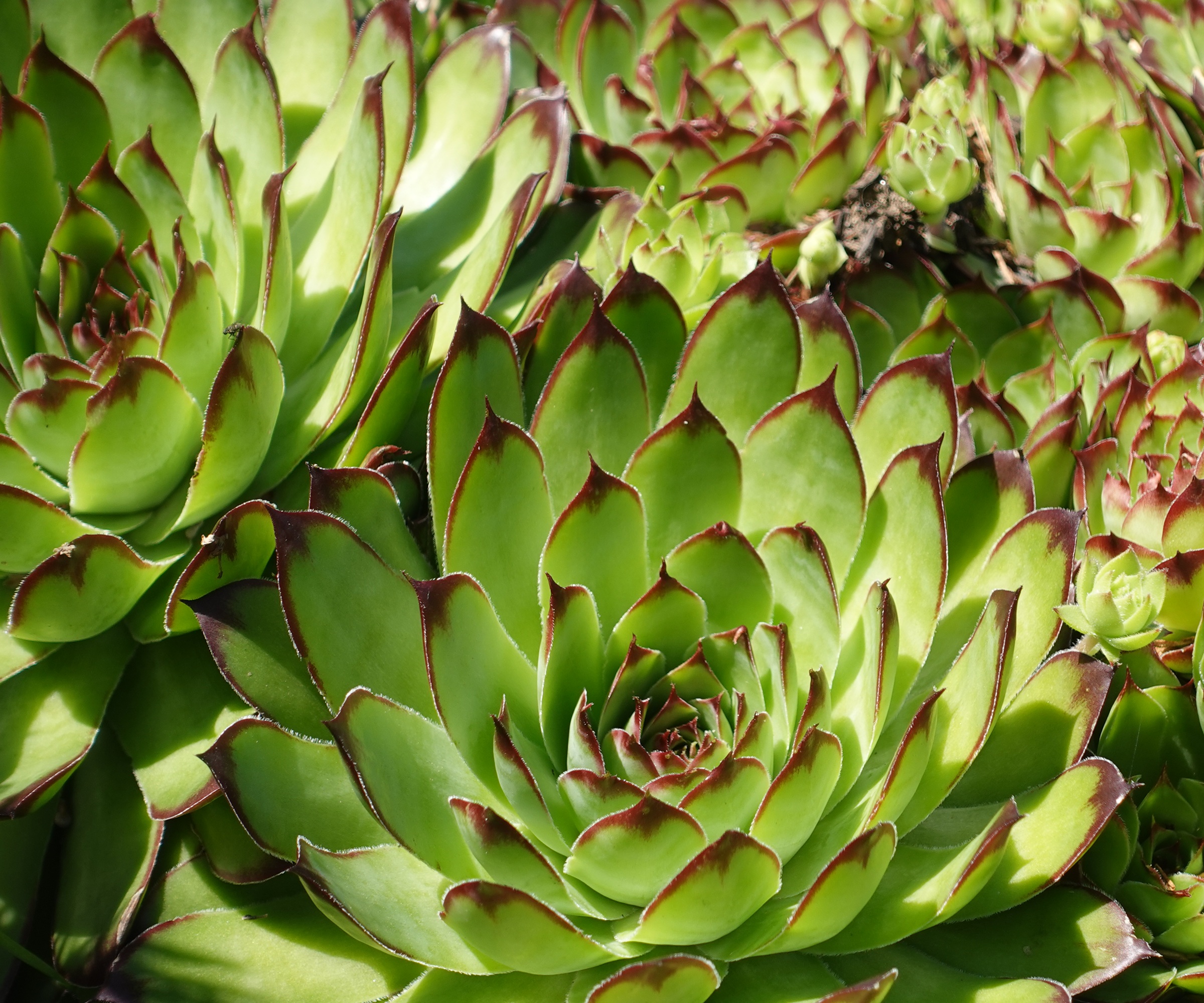
Particularly heat and drought-tolerant, thanks to its plump foliage, this variety of hens and chicks, sempervivum calcareum is hardy in US hardiness zones 4 to 9.
With tight rosettes of waxy leaves, these fascinating one inch high plants form dense vegetative mats with the baby plants radiating out from a central parent.
Greenish blue in the centre, the foliage takes on a soft bronze plum hue on the outer edges. These plants are hugely collectable and available in a fascinating range of colors and markings.
4. Jade plant (Crassula ovata)

Well known as a sculptural houseplant in the Northern hemisphere, crassula ovata is a relatively fast-growing succulent with many different varieties, varying from 78 inch tall shrubs to sprawling ground huggers growing no more than 35 inches tall.
With fleshy tube-shaped foliage, these succulents naturally store water making them highly heat-resistant. As Karoo succulent garden plants native to the hot climate of South Africa, jade plants are known to have survived many wildfires as, like most succulents, their stems and leaves are more likely bake than burn. Producing no dry material, they will not contribute sparks or embers that aid flames to spread.
They tend to be only hardy to the hottest climes of US hardiness zone 10+, however.
Two varieties - Crassula ovata 'Gollum' and Crassula ovata 'Hobbit' (available at Walmart) – are proving popular for inclusion in living roof systems.
The first has an unusual treelike structure with branching habit, while the latter produces a series of fleshy tubes along each leaf. Producing white and, sometimes, pink blooms in winter they are a popular food source for pollinators.
5. Ice plant (Delosperma)
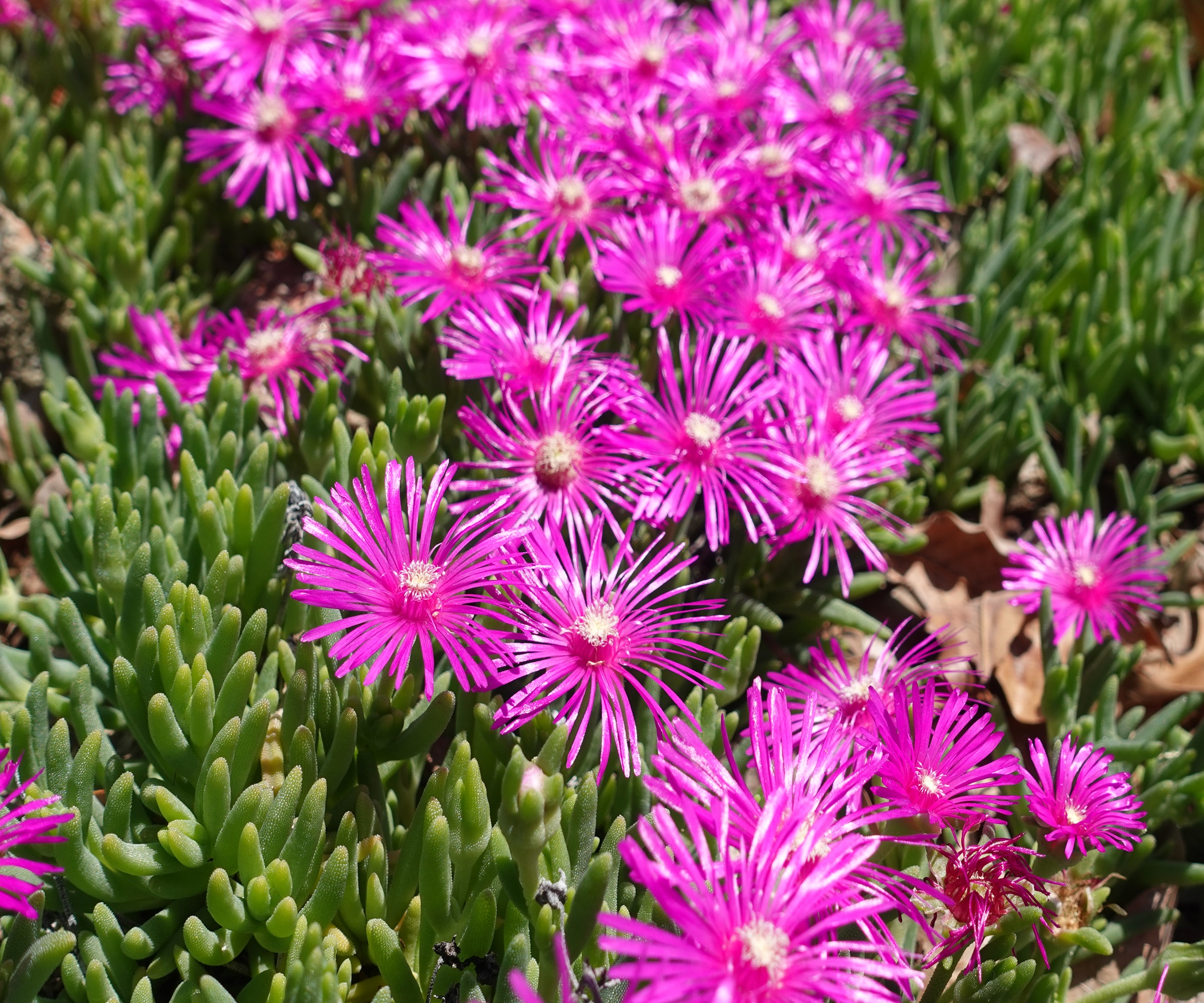
Speedy to grow and fascinating to look at, Delosperma quickly forms a dense, low-growing carpet of glaucous foliage that is smothered with brilliant pink, purple and yellow daisy-like flowers, every summer.
Hardy in US hardiness zones 5 to zone 9, this plant will grow between six and eight inches tall, thriving in free-draining soil. It will tolerate some shade but prefers full sun, ideally receiving between six to eight hours a day.
Butterflies adore the blooms in summer, especially the bright hues like the magenta of 'Orchid Flash' ice plant (from Walmart).
After taking time to consider how green roofs protect from wildfire, you may want to review the rest of your yard. There are many attractive and practical firescaping ideas to explore, and a few fire resistant trees that are worth getting to know.

Journalist Jill Morgan has spent over 20 years writing and editing gardening, interior and property features. Titles she has worked on include The English Home, House Beautiful, Ideal Home, Houzz and Modern Gardens and she writes regularly for H&G as a Contributing Editor. Whilst she is a dab hand at renovation projects and DIY, she is happiest when out digging in the garden or planning a new border.